
Pain in the big toe joint and its causes
Pain in big toe joint is common in elderly people and contact sport enthusiasts or professionals such as rugby and football players or martial artists. It could be a warning sign for arthritis or lack of use, abuse or overuse.
Hallux rigidus, or rigid big toe, is condition where osteoarthritis (wear and tear of joints, degenerative change common in elderly people) affects the joint that connects base of the toe with the foot (wiggle your toe, that's the one that flexes). It can restrict or completely prevent any movement in the joint and spreads pain which can be felt during walking or standing.
Wear and tear of joint cartilage (tissue that covers the ends of bones that form a joint, making it smooth and slippery and virtually frictionless) may occur because of erosion caused by aging, deformities of the foot that exert too much pressure on the joint, or various conditions that cause joint inflammation.
Bunions are bony sideways protrusions at the base of the big toe followed by inclination of the big toe towards to other toes. Enlarged bone structure responsible for the protrusion is caused by inflammation of the bursa (sack filled with fluid that prevents rubbing between tendons and bone) in the big toe joint. People suffering with bunions have a bump-like structure near the large toe joint. Skin around this bump is usually reddish and tender, which causes difficulty in toe movement.
Bunions can be treated surgically, by removing or realigning the affected bone structure.
Various physical injuries can damage the joint and surrounding tissue, cause swelling and pain, and bone fractures, which in turn, can lead to predisposition to arthritis, or cause Hallux rigidus and other joint problems.
Means of big toe joint pain relief
Discomfort arising from painful big toe joint can be treated by traditional means such as application of heat by means of immersion of the foot in a moderately hot water tub, or by anti-inflammatory drugs, painkillers and corticosteroids. Proper footwear, with sufficient room for the big toe and heel of adequate thickness help both in prevention and treatment of pain. Another good idea is use of orthotic arch support, which frequently eases discomfort.
Surgery is recommended for bunions, and can help in cases of Hallux rigidus, depending on severity of condition and may involve just cutting the protruding bump or further cutting to the bone.



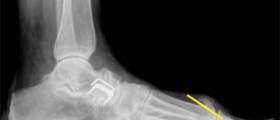
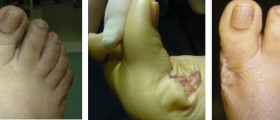
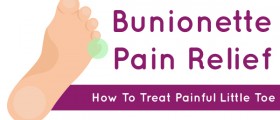
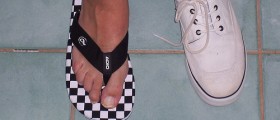
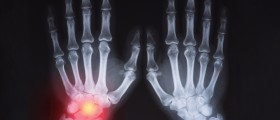
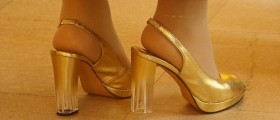

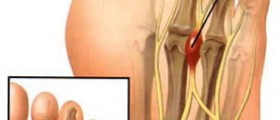



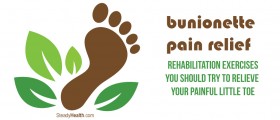
-Symptoms,-Diagnosis,-Treatment_f_280x120.jpg)
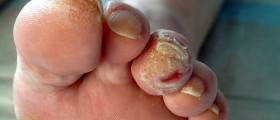
Your thoughts on this
Loading...